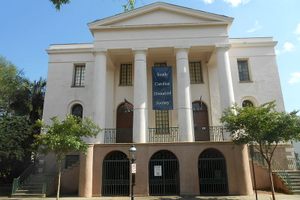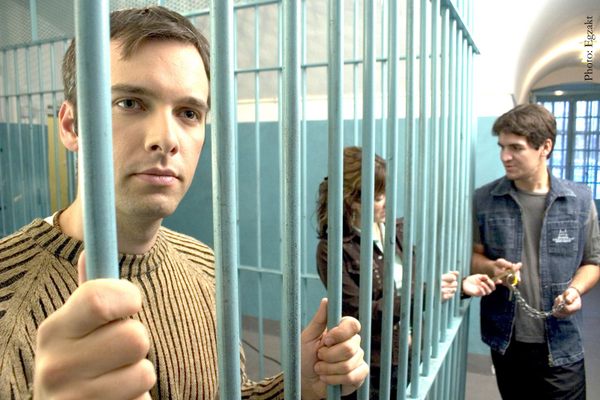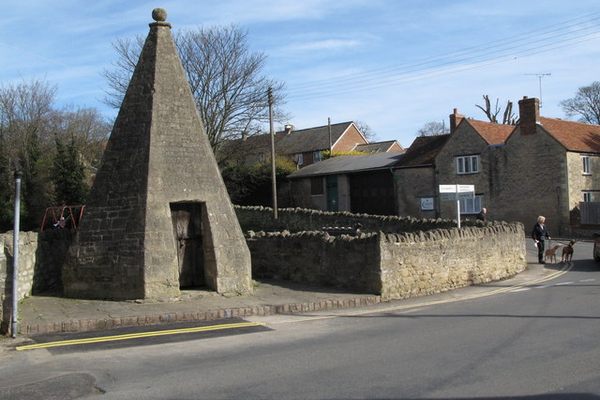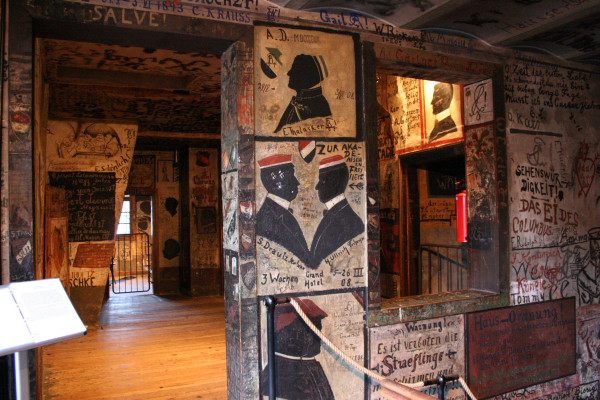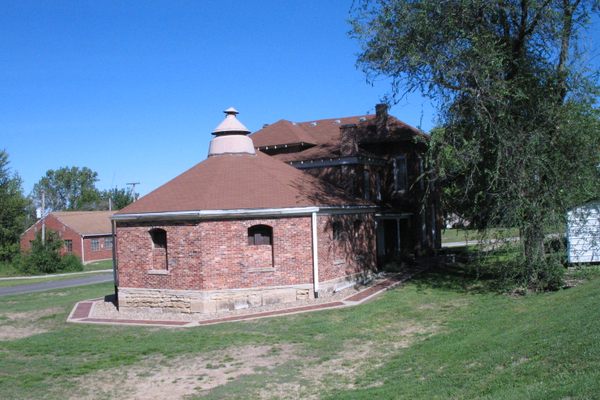About
Charleston, South Carolina's old city jail has a long and haunting past that can still be explored today.
The original structure was built in 1802 and served as the city jail from 1803 to 1939. The front interior of the jail still retains the original structure that was built in 1802, but the rest of the jail as it is today was built in 1855 when it was remodeled and the arched façade, towers, and octagon were added to give the jail an authentically imposing appearance.
The jail housed a number of convicts ranging from murderers to petty criminals throughout its extensive history. Each floor of the jail kept a different type of inmate. The ground floor accommodated the jailers and the “gentleman” prisoners. The second floor held the minor criminals like debtors and prostitutes, and the third floor retained the hardened criminals such as murderers and thieves.
While there is documented proof that a few of the more hardened offenders were hanged in the jail yard, many of the prisoners in the Charleston City Jail were petty criminals at best. Most prisoners died from natural causes or diseases at the jail, not from brutal torture or being hanged for their criminal offenses.
During the Civil War, Union POWs were incarcerated inside the jail. There were hundreds of Union soldiers who passed through the jail, so many that the jail itself could not contain them and the majority of the Union POWs were forced to stay out in the jail yard in dilapidated tents.
In 1886, a great earthquake rattled Charleston and although the jail survived, parts of the structure were severely damaged. A ventilation tower and the fourth floor of the jail were torn down, never to be replaced. The 20 foot wall that encircled the jail suffered so much damage that it was reduced down to 15 feet. A workhouse that had been built beside the jail did not survive the earthquake and had to be demolished.
In 1911, a man by the name of Daniel Duncan, who was convicted of murder, was officially the last person hanged at the jail. The gallows were dismantled and removed, never to be used again. By the 1930s the jail was in its decline and the city of Charleston along with the Housing Authority, wanted to build new low income apartment buildings across the street from the jail.
A playground was to be built inside the jail yard, so eleven more feet of the original wall was removed to allow more sunlight into the jail yard. The bricks that were removed from the wall were used to build the apartment buildings across from the jail. After 136 years as the Charleston City Jail, it was decommissioned and closed its doors on September 16, 1939.
The jail sat abandoned and was only used for storage for the next 40 years before becoming a museum in the late 1970s. In the late 1990s, the Charleston Housing Authority sold the jail to what would eventually become the American College of the Building Arts. The school was not granted a license till 2004. The college now uses the jail as a learning tool while also renovating and restoring the historical structure.
Update as of September 2022: The jail is closed indefinitely for renovations.
Related Tags
Know Before You Go
You can visit the interior of the jail via a Haunted Jail tour with Bulldog Tours. The guides provide historical information about the jail and its use while offering up ghost stories and rumors of haunting stories.
Community Contributors
Added By
Published
July 1, 2015


























